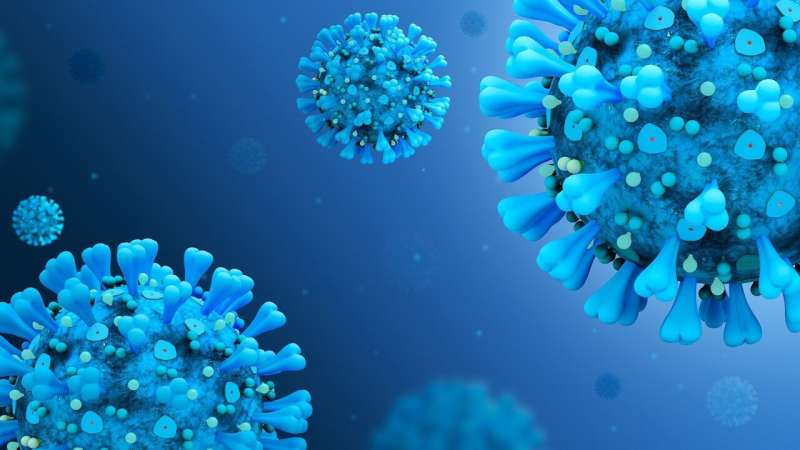Credit: Pixabay/CC0 Public Domain
A large team of researchers affiliated with a host of institutions in Austria has found that long-term wastewater surveillance can be used to track the spread of COVID variants throughout an entire country. In their paper published in the journal Nature Biology, the group describes their two-year study of wastewater samples from sites across Austria.
Health officials around the world continue to track SARS-CoV-2, fearing the emergence of a variant that could sidestep current vaccinations, putting the world's population at risk once again. In this new effort, the researchers in Austria analyzed wastewater samples collected from treatment centers across the country. Each sample was treated to extract virus samples that were then sequenced to learn more about their makeup. The primary goal of the two year-project has been to track the spread of new variants.
The work took place over the years 2020 to 2022—long enough to see the virus evolve and for variants to spread. The team collected enough samples to cover 59% of the population of the country. The researchers also compared their findings with data collected from health care providers across the country reporting positive COVID tests. They found them to be relatively the same as far as identifying new strains in the country as the pandemic has worn on. And as researchers in other countries have found, the dominant strain in Austria transitioned from the delta variant to omicron.
The researchers suggest that testing wastewater is a good way to track the spread of a viral disease into a given population because it allows authorities to see how prevalent it truly is—viruses show up in stool samples whether people have been tested for COVID or not. It is also a good way to track the transition to new variants, allowing officials to determine whether action is required to slow its progress. And they also note that it is far less expensive than conventional testing methods.
More information: Fabian Amman et al, Viral variant-resolved wastewater surveillance of SARS-CoV-2 at national scale, Nature Biotechnology (2022). DOI: 10.1038/s41587-022-01387-y
Journal information: Nature Biotechnology
© 2022 Science X Network
























